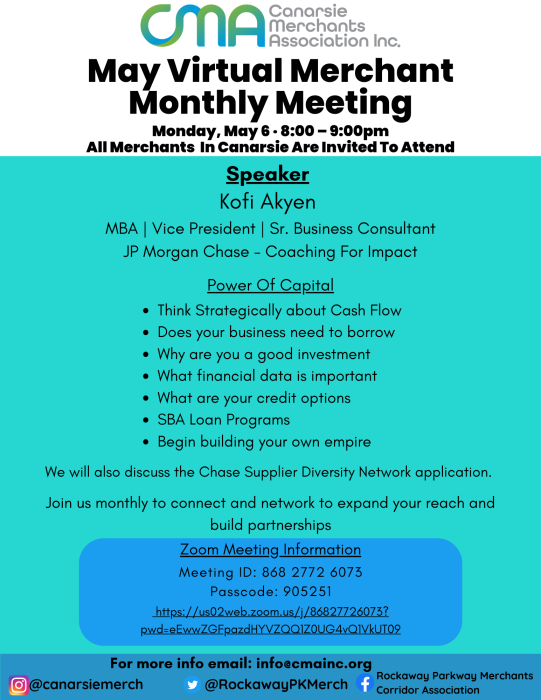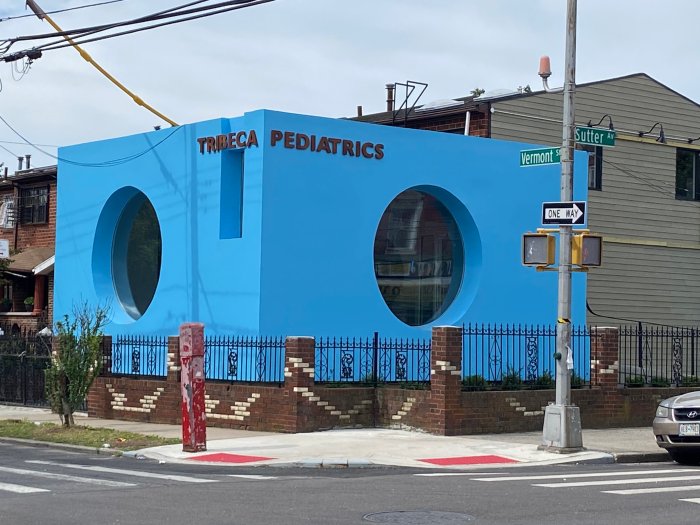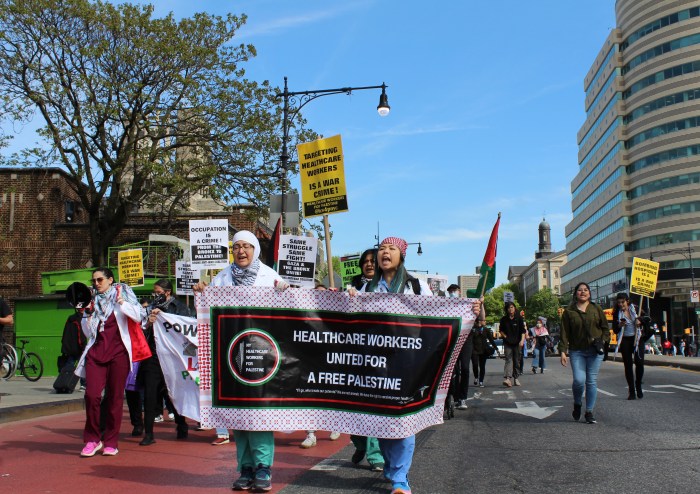The war over toxic chemicals and human health is spilling over into places we live and work: our buildings. The American Chemical Council (ACC) has launched an expensive and focused attack on the U.S. Green Building Council (USGBC) to protect the status quo of a small set of bad-actor manufacturers of toxic and obsolete chemicals. But innovative companies across the building industries and human health advocates are fighting back.
The American Chemical Council is lobbying to end the federal government’s use of the Leadership in Energy and Environmental Design (LEED) building certification system unless USGBC removes all references to human health. If successful, they will keep taxpayers from receiving the cost savings and productivity benefits that LEED certification has generated. Why does a chemical industry trade association think better buildings are such a threat, you ask?
The USGBC has transformed the global building industry with its emphasis on high performance, low energy and healthier building practices through its LEED certification program. In only a decade, LEED plaques have become synonymous with the best buildings in the world.
USGBC’s mission is to make buildings not only more energy-efficient, but healthier spaces for those who inhabit them. The new draft version of LEED seeks to assuage human health concerns of buildings by offering voluntary credits for buildings using healthy materials. Many in the health community see this as a long overdue step for the rating system.
The ACC, however, sees this as a dangerous threat to their member companies because a few of them make a pretty penny producing controversial chemicals.
So if you can’t beat ‘em, lobby against ‘em, right? ACC is doing what it does best — spreading misinformation and shoving truckloads of cash into lobbying efforts to keep the market from abandoning toxic materials and embracing green chemistry.
They’ve even gone so far as to form the laughable “American High-Performance Buildings Coalition,” a group whose membership reads like a who’s who of industries that make unhealthy products, all uniting to lobby against LEED. From big chemicals to vinyl to adhesives to petrochemicals — they’re all here.
These toxic trade associations are trying to convince us that they are the ones who truly support “green” building. Perhaps next they’ll suggest that their products only increase your odds of developing “green” cancer.
While they claim LEED is not consensus-based, this is demonstrably false. Any revision to the LEED standard must be approved through a democratic balloting process open to all 14,000 members of USGBC. These members are architects, engineers, builders, contractors and product manufacturers.
In fact, the ACC and many of its member companies are participating in the LEED development process. But when the professionals who purchase building materials began to suggest that a LEED credit be available for purchasing healthier building materials, suddenly the process is flawed, and not consensus-based.
In the real world, when your customers ask for something, you don’t lobby against their right to buy what they want, do you?
Let’s hope these companies wake up and start to reign in their out-of-control trade association before people really start to notice who’s behind the curtain.
Green buildings are about more than energy and water conservation; they must also include consideration of human health. Hospitals have started to lead the way. The Health Product Declaration, an independent, open-source methodology for declaring content of building products, is ushering in a new age of transparency in corporate reporting. The Healthier Hospitals Initiative recently released targets for safer products that include credit for avoiding chemicals of concern in interior furniture. Major manufacturers of health-care building products have begun substituting PVC and phthalate plasticizers with safer alternatives. These firms are innovating and capturing market share.
While the ACC protests these LEED credits, we would venture to say their innovative members are investing in R&D to move to safer alternatives precisely because of these initiatives. The construction industry needs the USGBC and LEED; citizens do, too. Someone has to make the push to get these chemicals out of our faces.
Guenther FAIA is a principal, focused on health care architecture, at Perkins+Will, a global design firm.


























